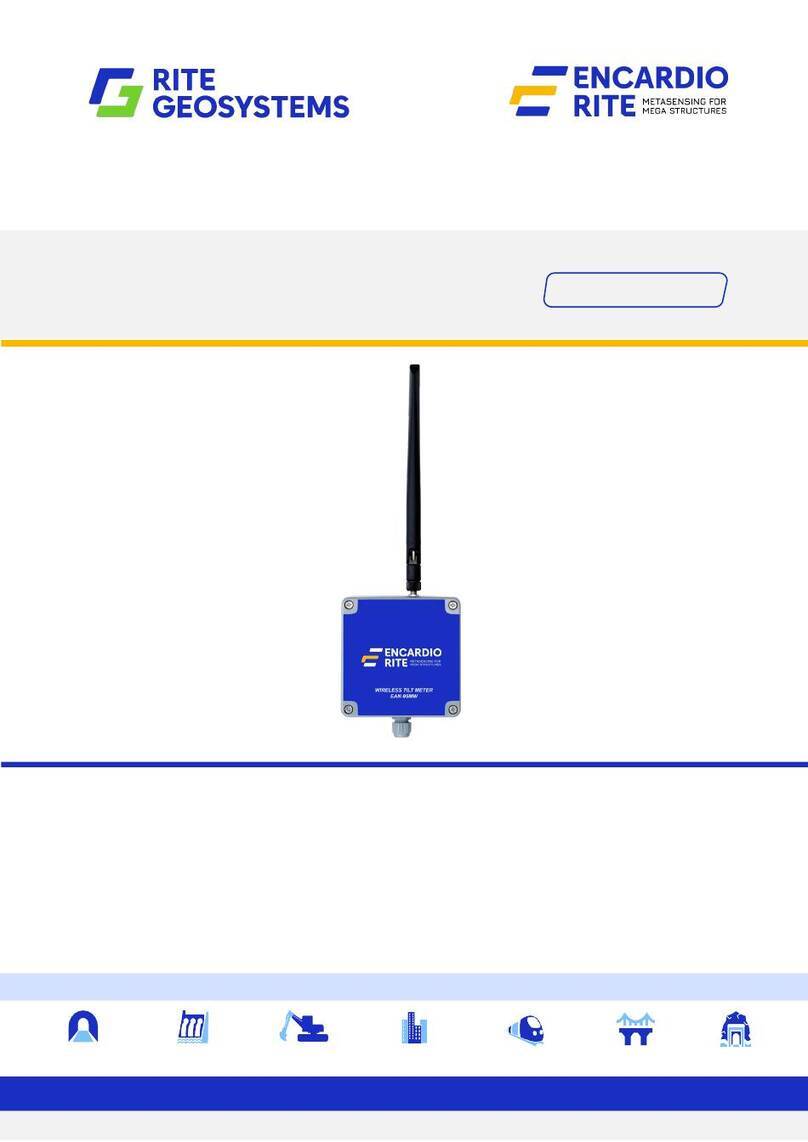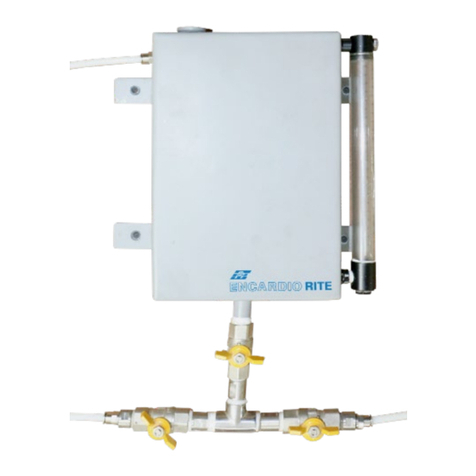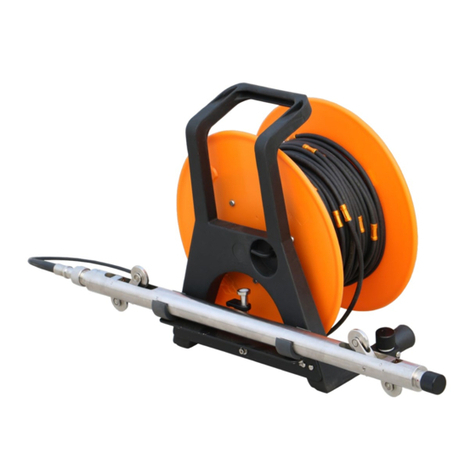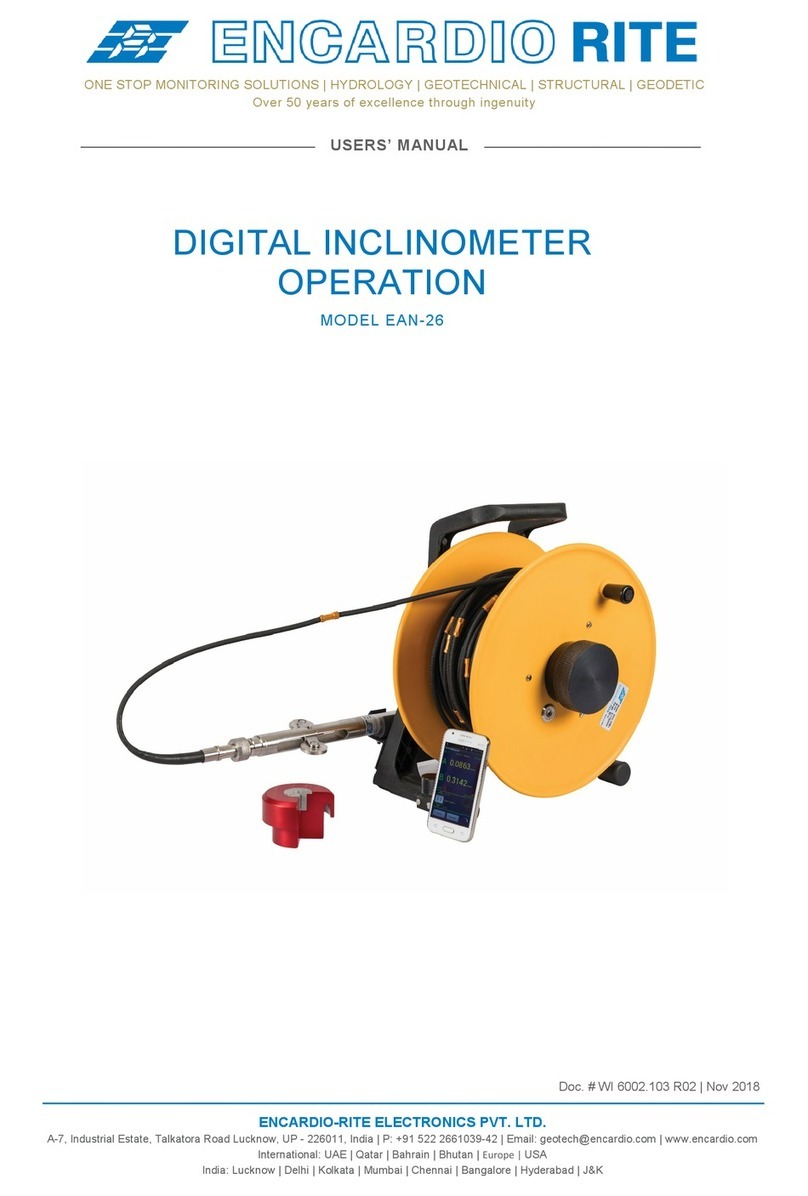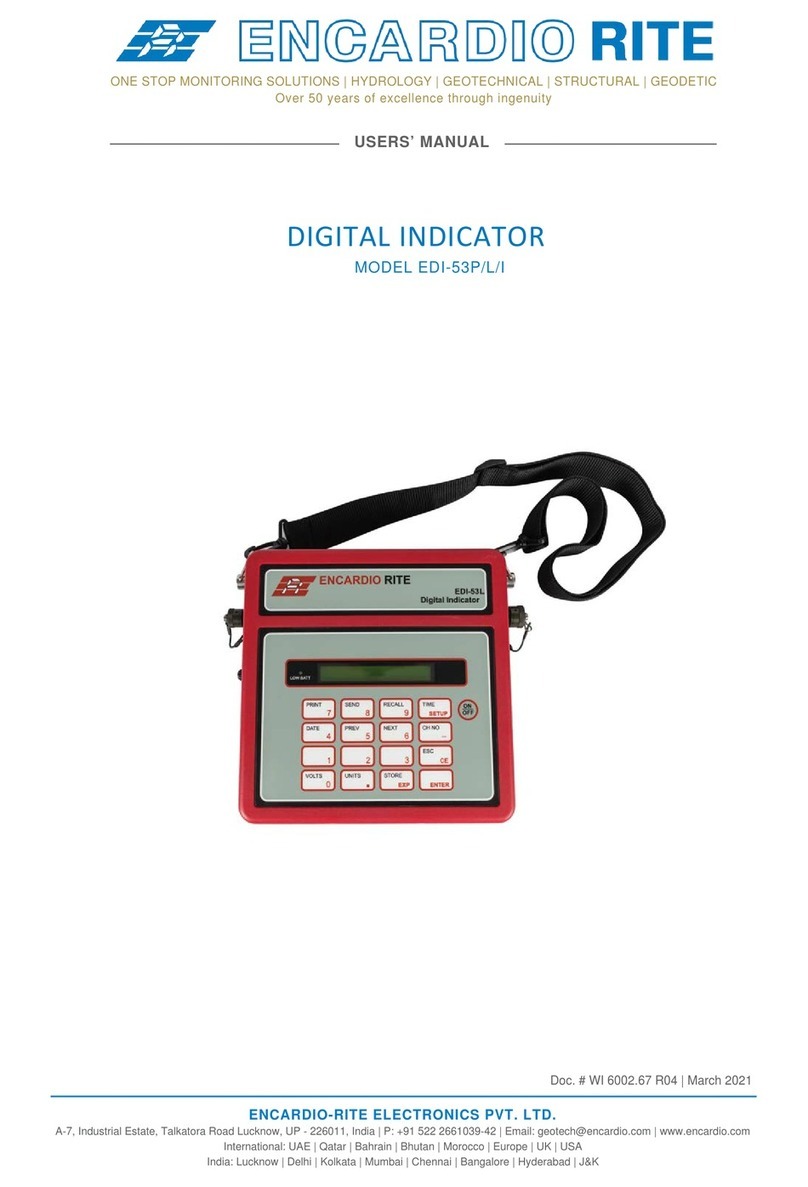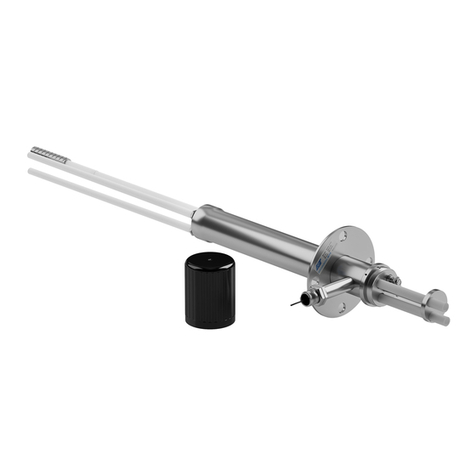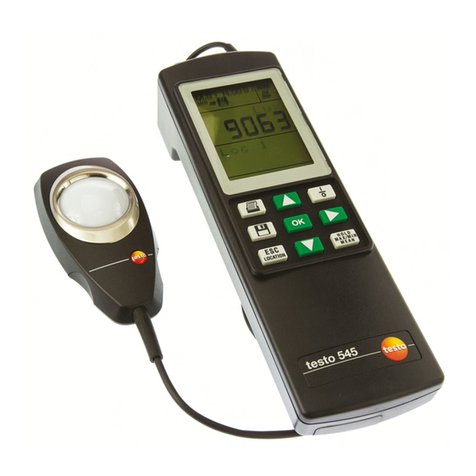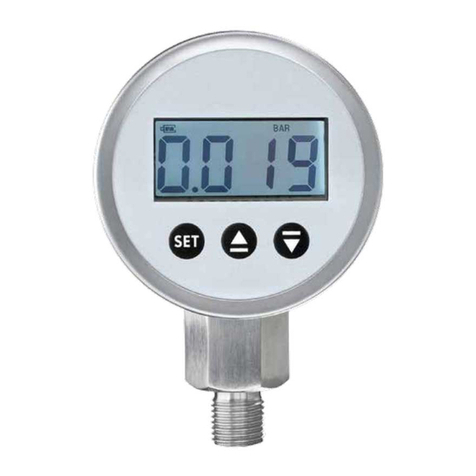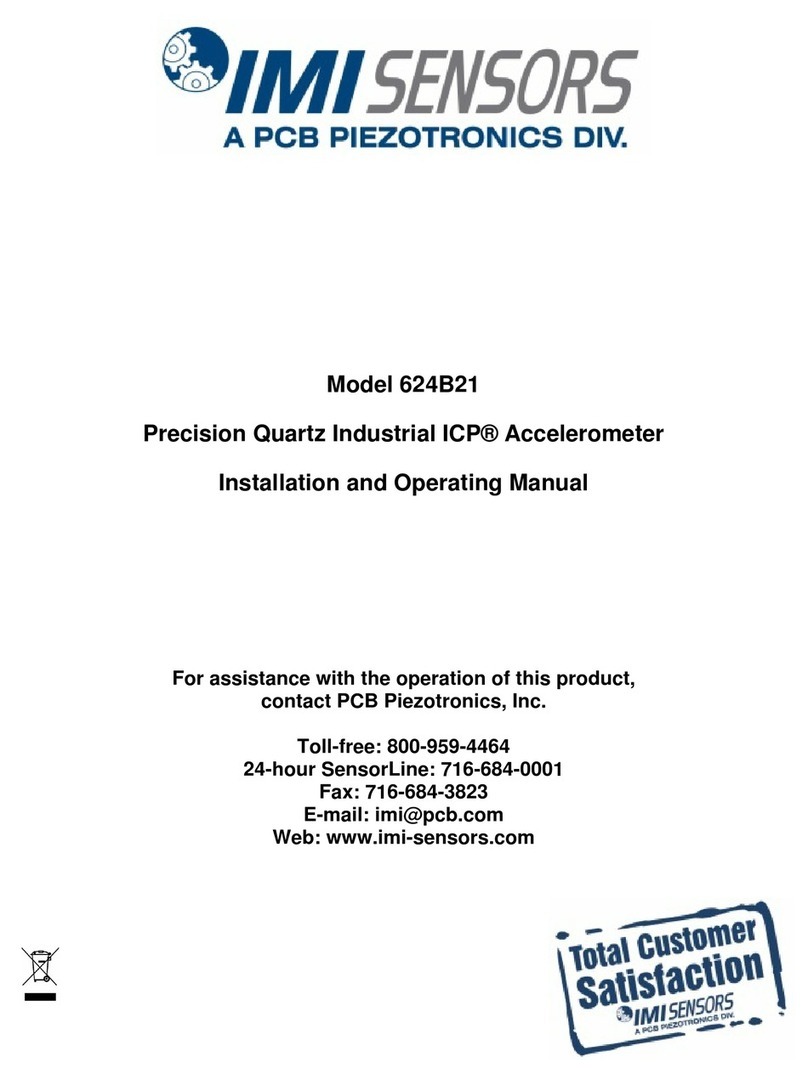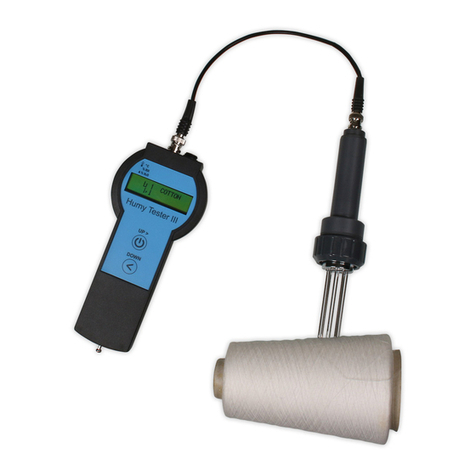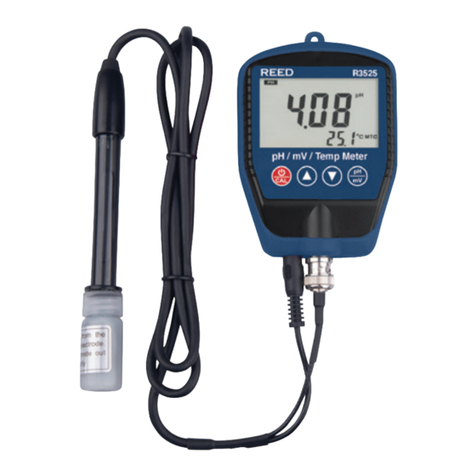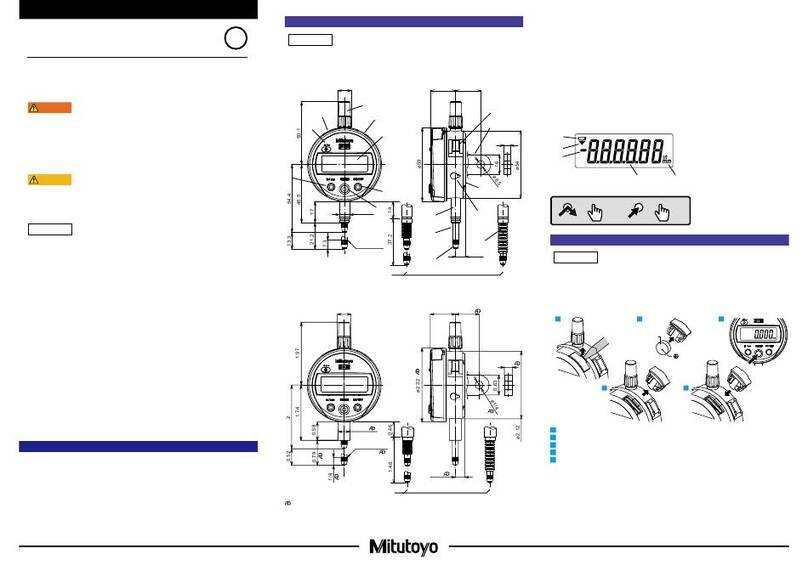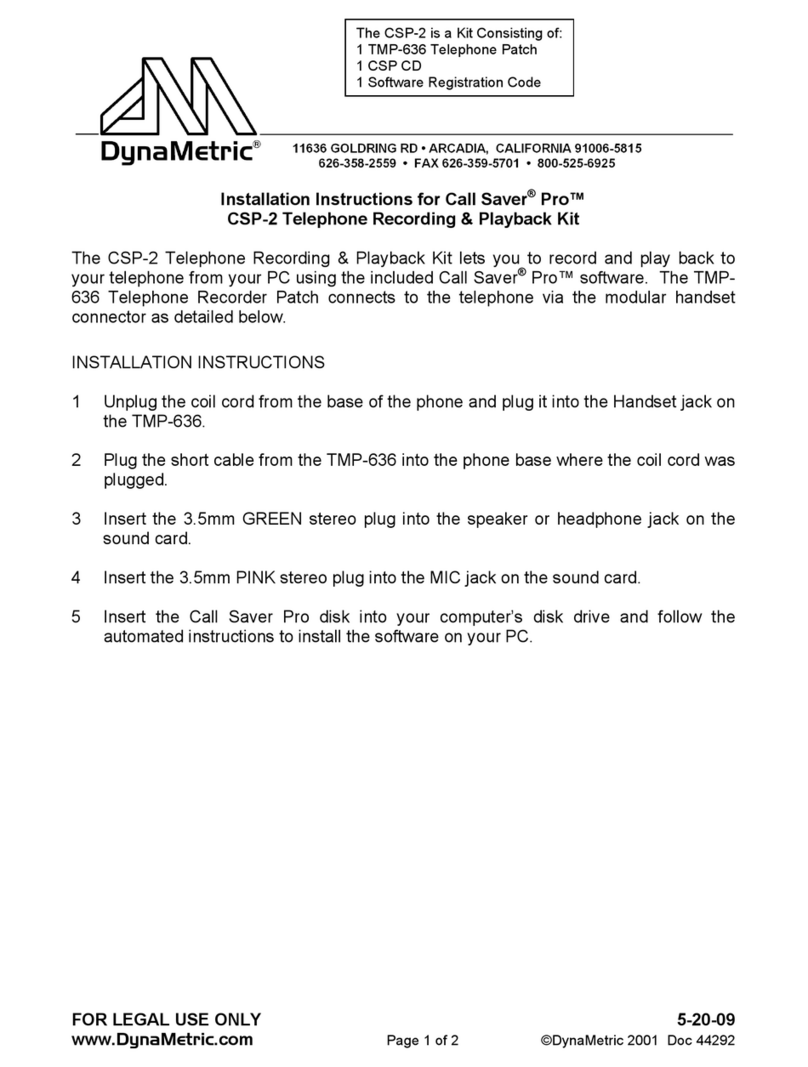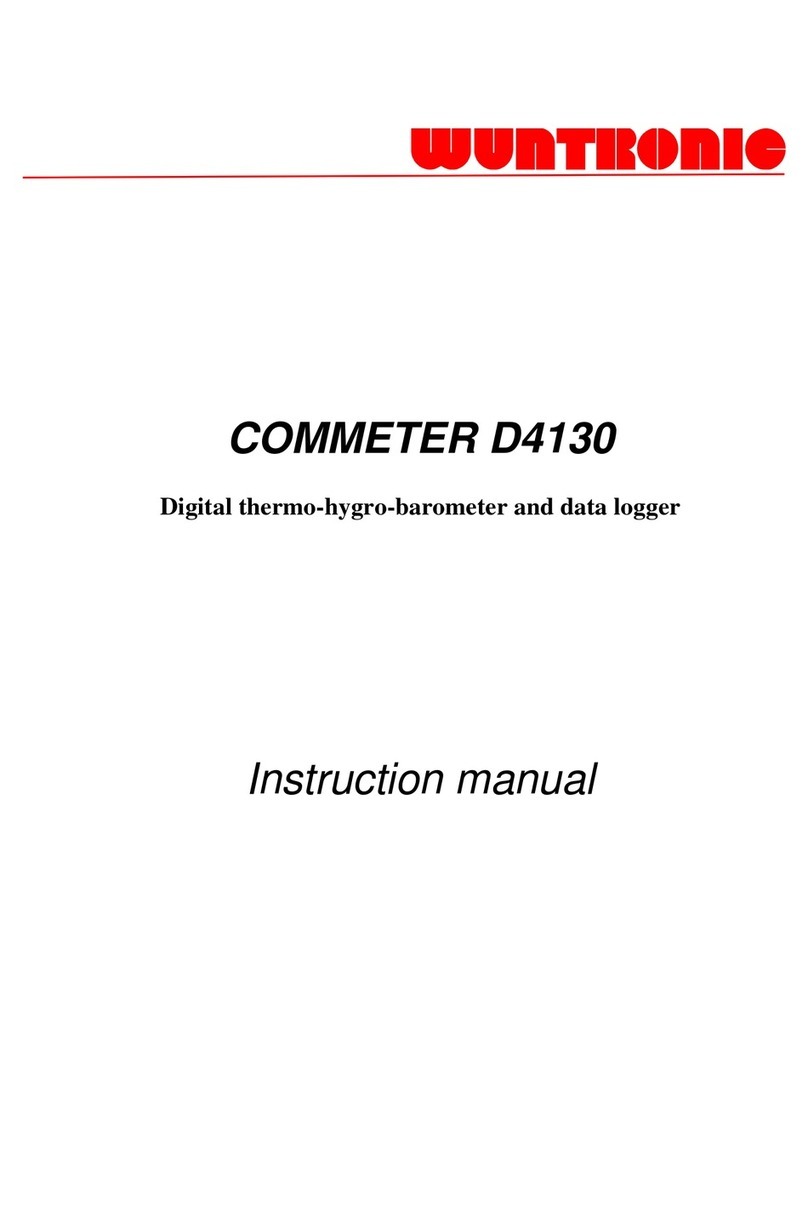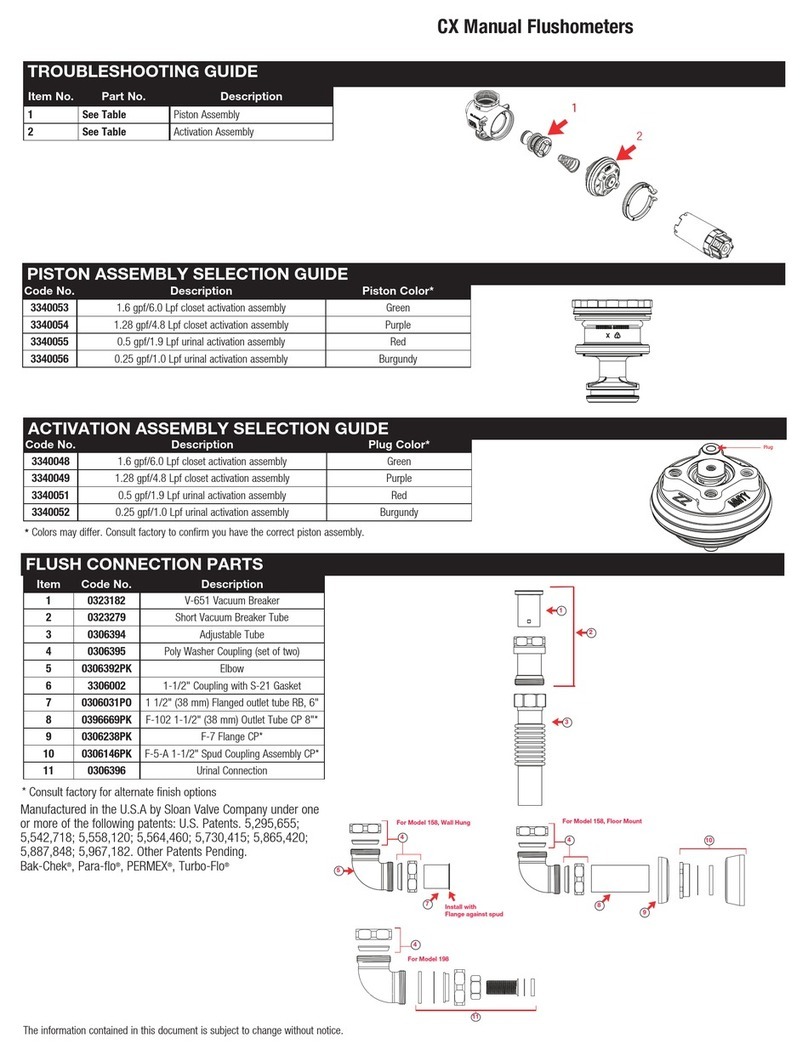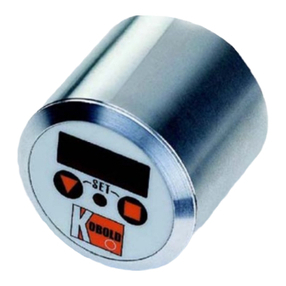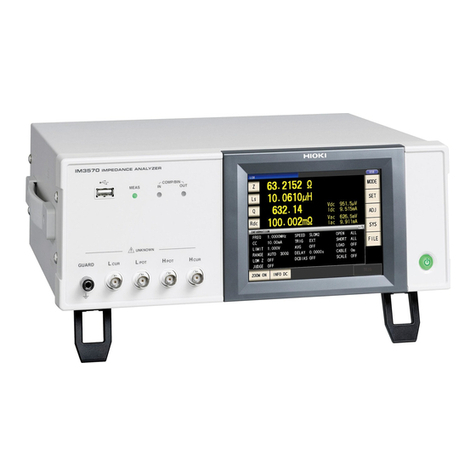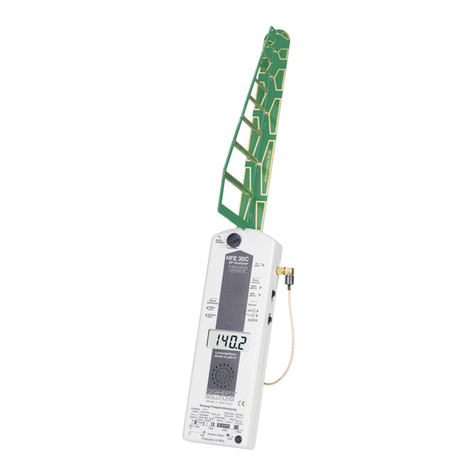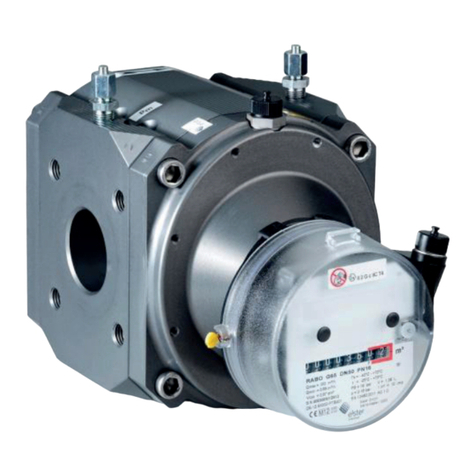
Users’ Manual Vibrating wire strain gage – embedment type
Page | 12
during the period. For example, in case tension increases, vibrating wire indicator may show a
reading of ‘1243.0 ue’ or if the structure is subjected to compression, a typical reading may be ‘-
437.2 ue’.
NOTE: The initial frequency reading is very important because all future readings are referred to this
initial reading to determine any change in stress. Consequently a minimum of two readings
taken daily after installation should be repeatable. It is good practice to take readings regularly
during the first few days to ensure that the data is stable and a correct initial reading is fed
into the vibrating wire indicator as a calibration constant. In case the readings are not
repeatable within a certain tolerance, the installation, strain gage or the vibrating wire indicator
may be defective. The cause must be evaluated and if there is a problem, it should be rectified.
3.5 Care of cable
3.5.1 Care should be taken that the installed strain gages and the cable are properly protected. Most
strain gages require protection from mechanical damage caused by normal construction activity,
vehicular traffic and vandalism. Proper protection methods have to be devised by the user or the
designer.
CAUTION: Strain gages and cables require protection from mechanical damage caused by normal
construction activity, welding, vehicular traffic and vandalism.
3.5.2 Protect cable from accidental damage by heavy equipment or flying rocks and debris. Use any
practical method to protect the cable. The cable can be protected by routing it through a flexible
conduit. The cable may be intentionally left slack inside the conduit to accommodate local
deformation. Conduits should not be used where flow of water along the instrument leads must be
prevented. In case conduits are not used and the cable is subjected to tensile or compressive
strain, great care should be taken to prevent conductors from breaking or protruding out of the
insulation. As a general rule, cables should be routed through zones of least differential strain.
3.5.3 Keep the ends of the lead wires clean and dry. In case several strain gages are installed at the
same location, they may be terminated in an IP-67 terminal box and a multi-core cable used for
transmitting the readings to any central observation post.
3.5.4 Cables may be spliced to lengthen them, without affecting gage readings. The cable joint should
be made watertight by using an epoxy based splicing kit. Cable jointing compound R-pack 3M
Scotch Cast 450 resin and hardener MSH 283 is normally used in India. Any suitable two
component cable jointing compound available in your Country can be used in place of this
compound.
CAUTION: In case extra cable is required, it should always be removed from a spool by rotating the
spool. This will reduce chances of nicking, bending or twisting of the cable.
3.5.5 Cable should be marked with permanent markers by the use of stainless steel or plastic tags
stamped with the appropriate strain gage number. The tags should be such that they do not
damage or cut the cable. Temporary identification can be done by writing the serial number of the
strain gage, its code number and the location at which it is installed, on a strip of paper, placing
the strip on the cable and covering it with a transparent plastic cello tape. Permanent identification
is necessary to prevent errors in making proper connections and to ensure correct splicing if cable
is cut or broken.
With the best possible precautions, mistakes may still occur. Tags may get lost due to the cables getting
accidentally damaged. Encardio-rite uses the convention that looking from the observation post towards
the sensor, the cable from the most distant sensor is always at the left hand side. In that order, the cable
from the closest sensor is at the extreme right.





















